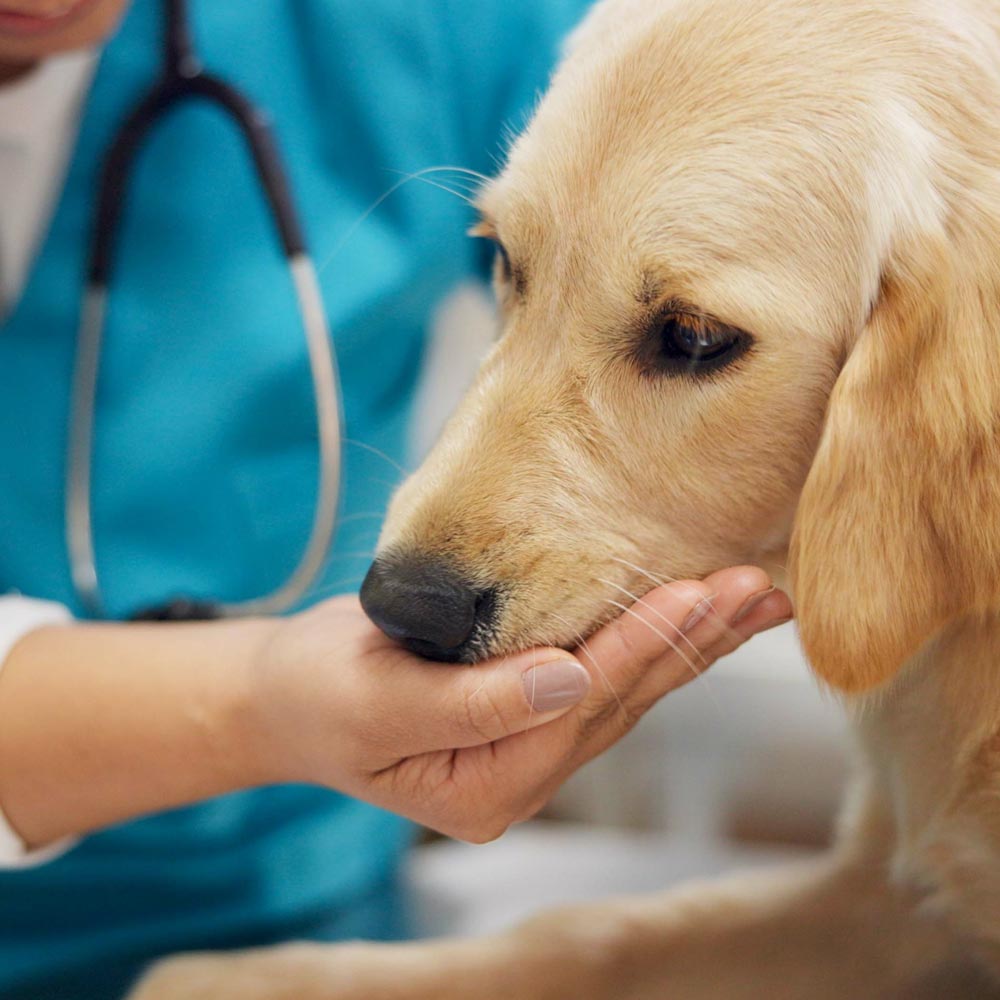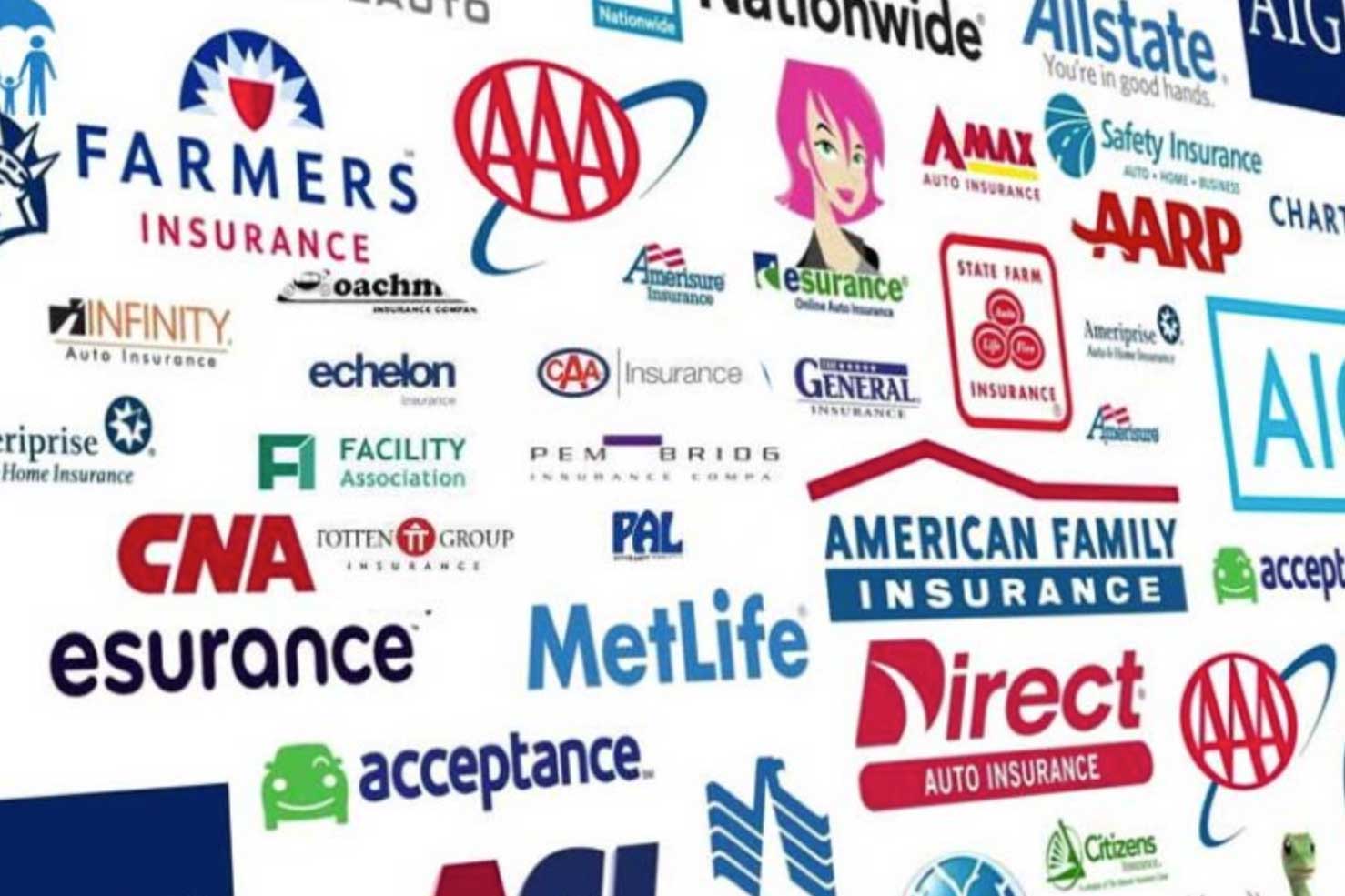Being a pet owner is an enriching experience that can dramatically improve your quality of life. But, to protect your four-legged friends, you must invest in a trustworthy insurance. Pet insurance helps cover unexpected veterinary expenses, so you never have to choose between your pet’s well-being and your wallet.

Protect your fur family
We aim to provide pet parents with reliable insurance coverage. Our policies cover everything from routine veterinary visits and treatments to injuries and more.

Our Coverage Options
Having pet insurance ensures you provide the best care for your pet without the stress of high medical bills. Here are some coverage options you can take out to guarantee your four-legged friend’s health and long-term happiness.
Protects against the costs of treating injuries from accidents, such as fractures, cuts, or swallowed objects.
Treatments for common illnesses, including infections, allergies, and chronic conditions like diabetes or arthritis.
Helps with routine care expenses like vaccinations, flea treatments, dental cleanings, and annual check-ups.
Provides financial support for urgent care needs, including after-hours vet visits and life-saving surgeries.
Treatments for behavioral issues, such as anxiety or aggression, helping your pet live a happier, more balanced life.
This plan covers treatments for inherited or congenital conditions, ensuring your pet gets the necessary care.
This policy supports holistic care options like acupuncture, chiropractic care, and physical therapy, offering a broader range of treatments.
Frequently Asked Questions
- What is a deductible?
-
A deductible is the amount of money you agree to pay out-of-pocket before your auto insurance covers the remaining costs of a claim. For example, if your deductible is $500 and you have $2,000 in damages, you'll pay the first $500, and your insurance will cover the remaining $1,500. Higher deductibles typically lower your monthly premiums, while lower deductibles mean you'll pay less out-of-pocket in the event of a claim, but your premiums will be higher.
- What will my coverage cost?
-
The cost of pet insurance varies depending on several factors, including:
Type of Pet: Dogs typically cost more to insure than cats, while exotic pets may have specialized plans.
Breed and Age: Some breeds are more prone to health issues, which can increase premiums. Older pets may also be more expensive to insure.
Coverage Level: Basic plans that cover accidents only will cost less, while more comprehensive plans that include illness, wellness, and preventive care will cost more.
Deductible and Reimbursement: Higher deductibles and lower reimbursement percentages generally lower your premiums, while lower deductibles and higher reimbursement rates increase costs.
Location: Veterinary costs can vary by region, affecting your insurance premium.
On average, pet insurance can range from $20 to $50 per month for a dog and $10 to $30 per month for a cat, depending on the factors above. It’s best to get a personalized quote from Top Grade Insurance for an accurate cost estimate. - What do I do if my pet is attacked by another dog?
-
If your pet is attacked by another dog, follow these steps:
Ensure Safety: Safely separate the animals, but avoid using your hands. Use water or a barrier, like a stick or an object, to break them apart.
Check for Injuries: After separating them, inspect your pet for injuries. Even if no injuries are obvious, internal damage may have occurred.
Seek Veterinary Care: Take your pet to the vet right away. Some injuries, like puncture wounds, may not be immediately visible but can lead to infections.
Exchange Information: If possible, get the other dog owner’s contact information and confirm their dog’s vaccination history, especially for rabies.
File a Report: Depending on the situation, you may need to report the incident to animal control or local authorities, particularly if the other dog was off-leash or aggressive.
Contact Your Pet Insurance Provider: If you have pet insurance, notify your provider and file a claim for any veterinary expenses related to the attack.
- What dog breeds aren't included in coverage?
-
Some insurance companies may not cover certain dog breeds due to their perceived risk or history of aggressive behavior. Breeds often excluded or restricted by insurers include:
Pit Bull Terriers
Rottweilers
Doberman Pinschers
German Shepherds
Chow Chows
Akitas
Wolf hybrids
Alaskan Malamutes
Siberian Huskies
Staffordshire Bull Terriers
It’s important to note that exclusions can vary by insurance company and state. Some insurers may still offer coverage but at higher premiums or with specific conditions. Always check with your insurance provider to see if your dog’s breed is covered and if any restrictions apply.
 Get Detailed Quote
Get Detailed Quote 



















